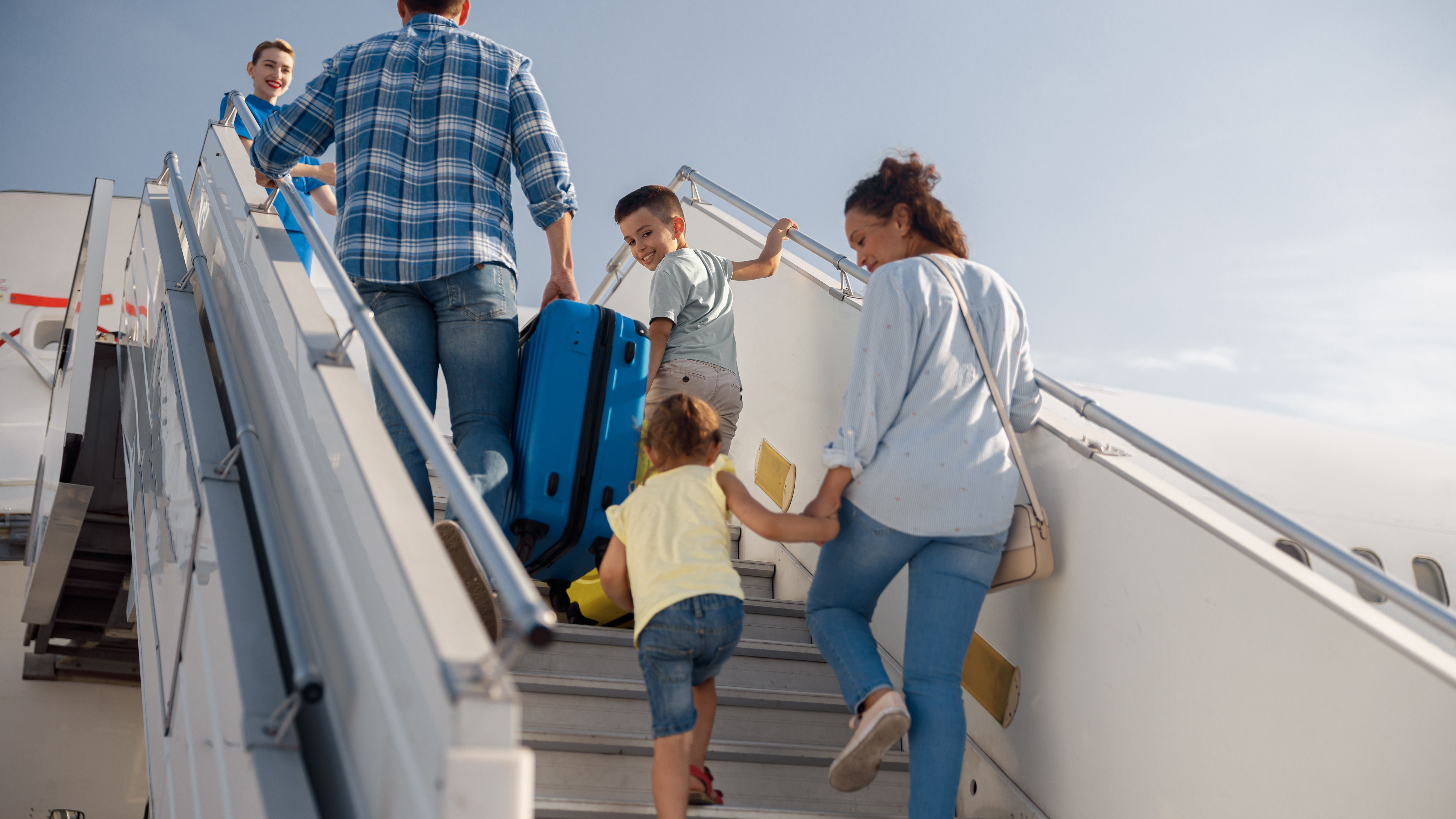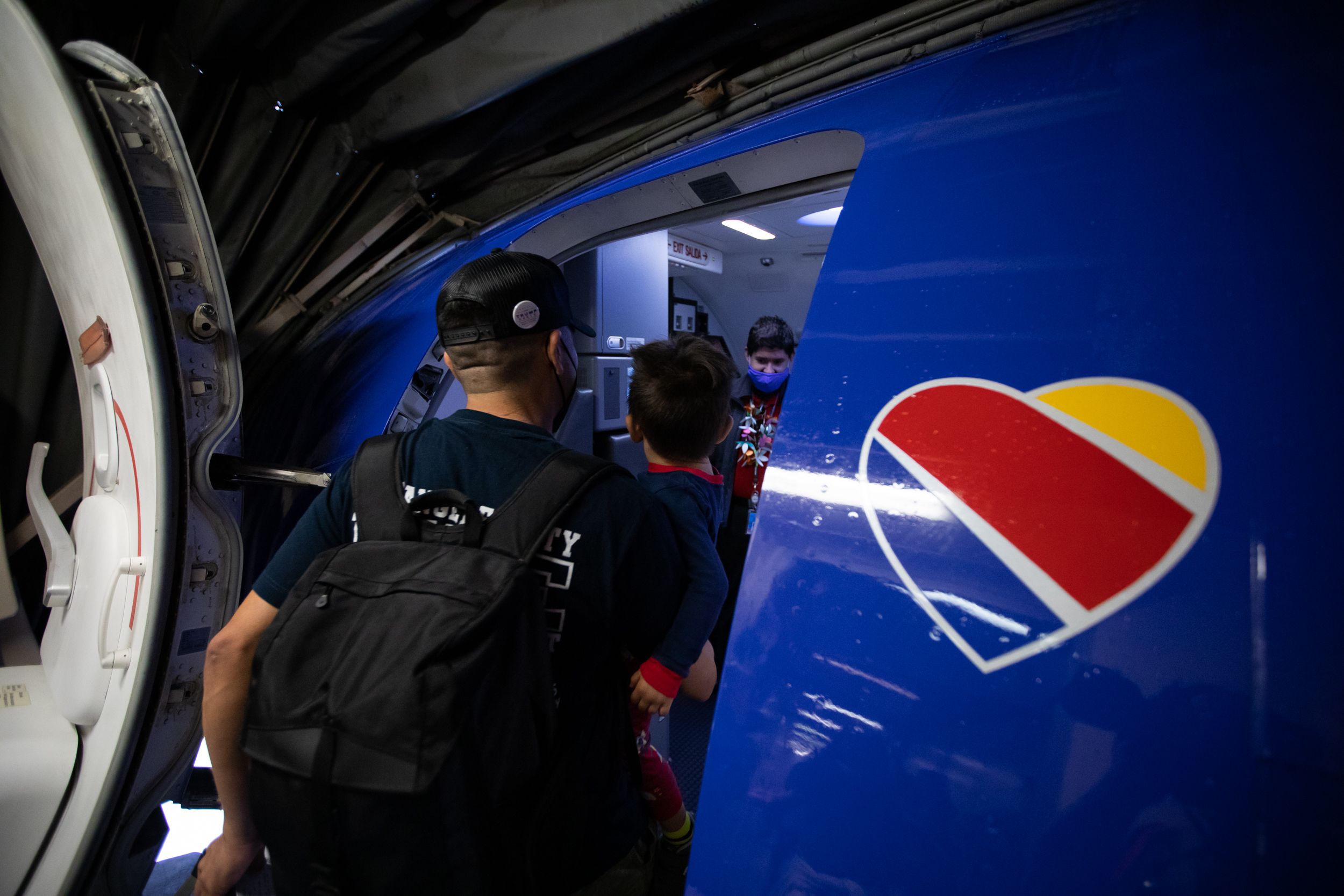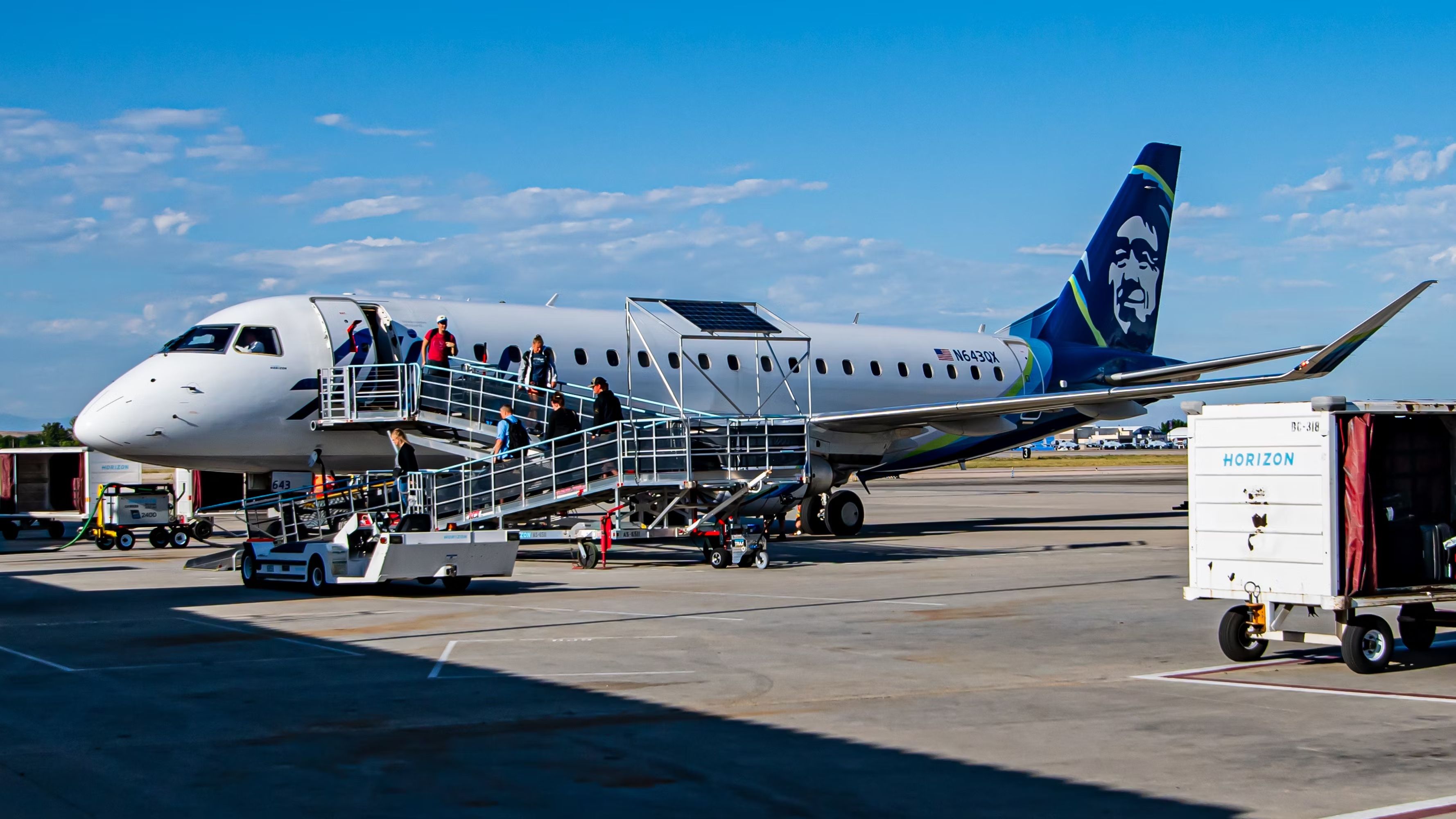Summary
- Airlines prioritize preboarding for families with young children to ensure an efficient and smooth boarding process.
- Some airlines offer priority preboarding to active-duty military members as a gesture of gratitude for their service and sacrifice.
- Southwest Airlines has a famously unique boarding process but allows preboarding for some groups of customers.
Have you ever wondered why some individuals are given priority access to preboarding aircraft in the United States? For some groups, this logic makes quite a lot of sense. Families with young children, for example, will need more time for their children to settle in before their flights.
In some cases, it is a social courtesy to show respect to the military. On aircraft, military personnel are often invited to board even before those paying for first-class tickets. In this article, we will look closer at boarding processes in the United States that provide priority access to different people and why this is the case.
Letting accompanied small children board early
To keep flights orderly and boarding smooth, airlines calculate that it makes sense for small children to board early with a parent and get settled before the anxious masses wanting an on-time or early departure. Granted, the maximum age for a child to board early varies from airline to airline, but the logic for being efficient in boarding is the same.
Airline leadership is quick to point out the importance of an efficient boarding process. Alaska Airlines former Vice President of Airport Operations and Customer Service, Jeff Butler, explained the importance placed on boarding in a 2015 Alaska Airlines blog as follows:
“Boarding is an exciting time for passengers, as this is the gateway to their adventure. We want this process to be seamless, so we’ve tried many different boarding configurations. Through these trials, we’ve found that the way we’re doing it now is the best way for us to get you through quickly and efficiently.”
Airlines have continued to innovate with the boarding process to maximize operational efficiency. United Airlines, for example, has recently announced a policy of boarding window seats first, followed by aisle seats and middle seats in its economy-class cabins.
Allowing US active-duty military to preboard
Some airlines, such as Alaska Airlines and Delta Air Lines, allow those holding an active-duty military with ID to board before first class. As Delta Vice President for Flight Operations Jim Graham - a former US Navy P-3C Orion pilot - explained in a 2018 statement:
"The Armed Forces community is a remarkably important part of what we do at Delta. This is one more way Delta can show gratitude to those who sacrifice so much for us."
Alaska and Delta are not alone in extending this courtesy to active duty US military members. American Airlines, JetBlue Airlines, United Airlines, and many others also offer this provision to those holding a valid, government-issued military ID. Some airlines, however, require military personnel to be uniformed to board early.
Southwest Airlines' unique boarding protocol
Airline boarding processes undoubtedly differ among carriers, and one US airline is an excellent place to look for an example of this variation. For Southwest Airlines, generally, with a few exceptions, available boarding positions will be distributed on a first-come, first-served basis upon check-in.
The earlier you check-in, beginning 24 hours before departure, the lower your boarding group and position will be. Thus, Southwest’s boarding process doesn’t assign seats but rather boarding order time slots. The airline’s website clearly defines the carrier’s boarding process as follows:
Preboarding is available for customers who have a specific seating need to accommodate their disability and/or need assistance in boarding the aircraft or stowing an assistive device. If a customer with a disability simply needs a little extra time to board, we will permit the customer to board before Family Boarding, between the “A” and “B” groups.
Southwest Airlines will allow adults traveling with a child six years old or younger during Family Boarding, which occurs between the A & B groups and after disabled individuals get to board. This way, the perk of boarding early is maximized while giving young families some time to get settled.
Get all the latest aviation news on Simple Flying!
Active-duty, uniformed US military members who somehow did not get into A group boarding will also get to do so between A & B groups. That said, uniformed military members should always be assigned into A group at check-in.
The bottom line
At the end of the day, honoring military personnel is not just very important for airlines from a public relations perspective but also a business one. Military members and their families comprise a very large part of the US population, and with global deployments, they are a group very conducive to travel.
With over 1.4 million active-duty personnel, according to the database Statista, military members are undeniably a significant customer demographic. In the event that a carrier does not offer preboarding to military members, it becomes less competitive with this crucial demographic.
Are there other airlines’ boarding protocols we should look at? Let us know in the comments.




